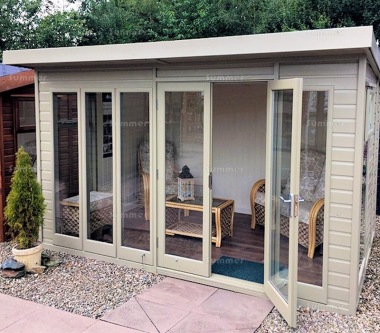All Categories
Featured
Table of Contents
The Best Double Glazing Companies In Canberra in Walliston WA
Glazing simply suggests the windows in your home, consisting of both openable and set windows, along with doors with glass and skylights. Glazing in fact just indicates the glass part, but it is generally utilized to describe all aspects of an assembly including glass, films, frames and furnishings. Paying attention to all of these elements will assist you to accomplish effective passive style.

Energy-efficient glazing makes your home more comfortable and significantly decreases your energy costs. Inappropriate or badly designed glazing can be a significant source of unwanted heat gain in summer and considerable heat loss and condensation in winter season. Up to 87% of a house's heating energy can be gotten and approximately 40% lost through windows.
Double Glazing - Windows - Doors in Leeming WA
Glazing is a considerable investment in the quality of your home. A preliminary investment in energy-efficient windows, skylights and doors can considerably decrease your yearly heating and cooling expense.

This tool compares window selections to a base level aluminium window with 3mm clear glass. Understanding a few of the key properties of glass will help you to pick the best glazing for your house. Key properties of glass Source: Adapted from the Australian Window Association The amount of light that travels through the glazing is referred to as visible light transmittance (VLT) or visible transmittance (VT).
Double Glazing Australia Blogs in Bicton Perth
This might lead you to switch on lights, which will result in greater energy expenses. Conduction is how readily a product performs heat. This is called the U worth. The U value for windows (expressed as Uw), explains the conduction of the entire window (glass and frame together). The lower the U value, the higher a window's resistance to heat circulation and the better its insulating value.
For example, if your home has 70m2 of glazing with aluminium frames and clear glass with a U value of 6. 2W/m2 C, on a winter's night when it is 15C cooler outside compared to indoors, the heat loss through the windows would be: 6. 2 15 70 = 6510W That is comparable to the total heat output of a large room gas heater or a 6.
Glass & Glazing - Easy Windows Upvc Double & Triple ... in Lakes Western Australia

If you choose a window with half the U worth (3. 1W/m2 C) (for instance, double glazing with an argon-filled space and less-conductive frames), you can cut in half the heat loss: 3. 1 15 70 = 3255W The solar heat gain coefficient (SHGC) for windows (expressed as SHGCw) measures how easily heat from direct sunshine streams through a whole window (glass and frame together).
The lower a window's SHGC, the less solar heat it transfers to the home interior. The actual SHGC for windows is affected by the angle that solar radiation strikes the glass.
Glass & Glazing - Easy Windows Upvc Double & Triple ... in Hillarys Western Australia
When the sun is perpendicular (at 90) to the glass, it has an angle of incidence of 0 and the window will experience the optimum possible solar heat gain. The SHGC stated by glazing producers is constantly computed as having a 0 angle of incidence. As the angle increases, more solar radiation is shown, and less is sent.
Table of Contents
Latest Posts
Benefits Of Double Glazing Low-e in Applecross Western Australia
Double Glazing Windows - Prices And Installers Near You in East Fremantle Perth
Triple Glazing & Triple Glazed Windows - Hampshire in Innaloo WA
More
Latest Posts
Benefits Of Double Glazing Low-e in Applecross Western Australia
Double Glazing Windows - Prices And Installers Near You in East Fremantle Perth
Triple Glazing & Triple Glazed Windows - Hampshire in Innaloo WA